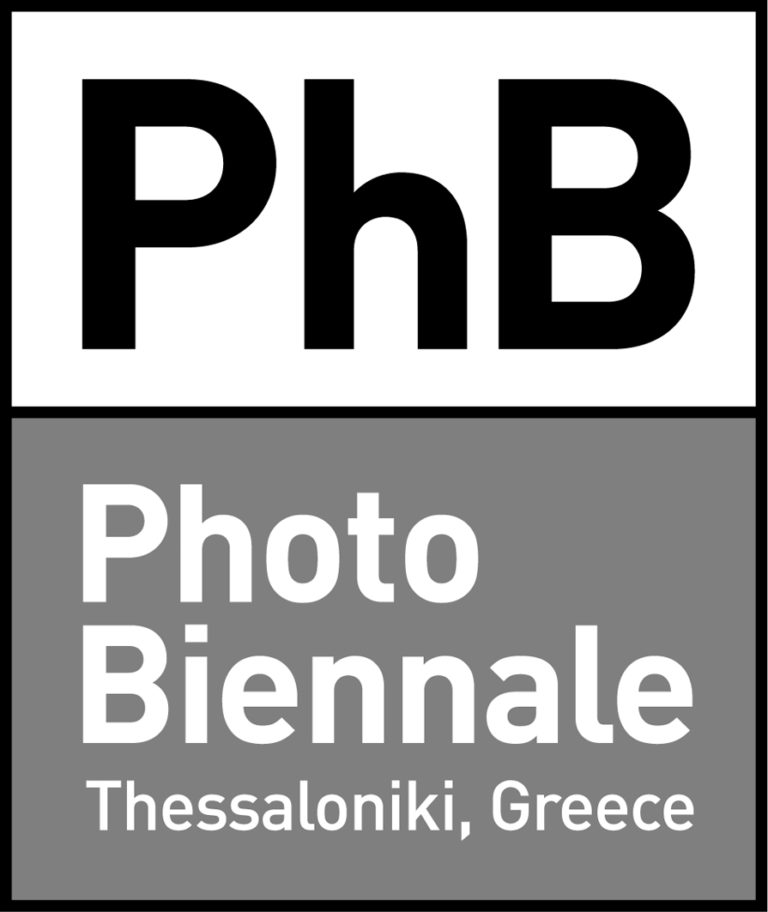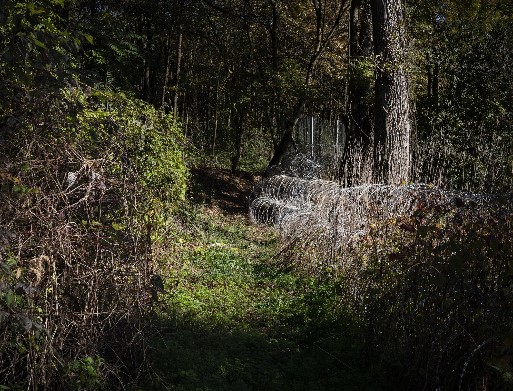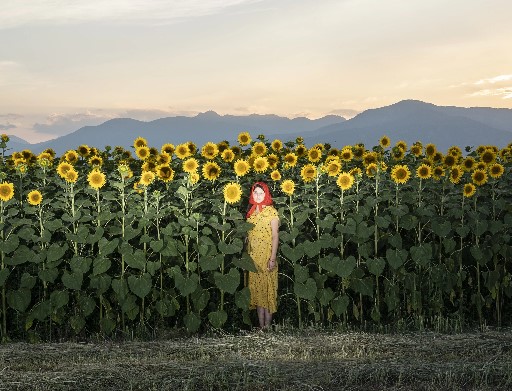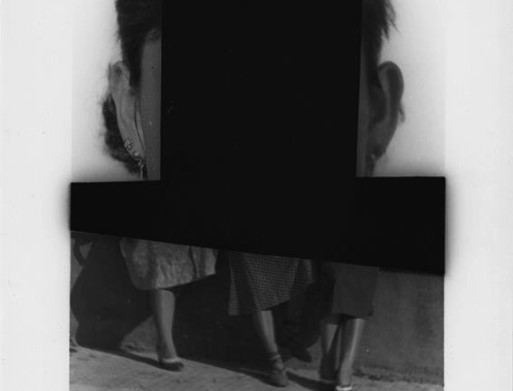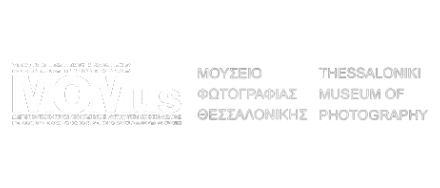Photographic Images and Matter: Japanese Prints of the 1970s
In 1957, the Japanese government launched the International Biennial Exhibition of Prints in Tokyo as a special feature of its postwar culture policy. Awarded the International Grand Prize in the sixth edition of the biennale in 1968, Tetsuya Noda transformed photographic portraits of his family into prints. His works were significant in that they exemplified the huge changes that were underway in prints internationally, confirmed that there were parallels between trends in contemporary prints and contemporary art, and suggested future developments in contemporary art. In the 1970s, there was a rapid increase in Japanese works that adopted Noda’s method of converting photographs into prints, leading to a golden age in the medium. The era also saw the rise of works that placed special importance on allowing the materials (matter) used in printmaking (print blocks, paper, ink, etc.) to speak for themselves, which was lauded as a new trend in the medium. Another significant trend was the emergence of prints with an extremely strong materiality in which the image was transformed into a material. These autonomous expressions of photographic images and matter in the 1970s dramatically expanded the field of prints and also exerted a strong influence on trends in contemporary art. While introducing important trends in prints during the 1970s, this exhibition focuses on print inspired trends in contemporary art of the same period.
Section1: An Age of Photographic Expression
With the increase in photographs and printing, and the proliferation of the powerful medium of television, which accompanied the expansion of production and consumption in the 1960s and ’70s, Japanese society came to be overrun with images. During this period, new techniques such as silkscreening and offset printing, which made it easy to transform photographic images, quickly took hold. Under these circumstances, numerous works emerged in which photographic images were converted into prints through the use of photoengraving, leading to a new mainstream in printmaking. In many of these works, all traces of handiwork were eliminated in order to suppress emotional content and encode the image.
Exhibiting artists: Tetsuya Noda, Kosuke Kimura, Akira Matsumoto, Satoshi Saito,
Hideki Kimura, and Sakumi Hagiwara.
Section 2: Images of Autonomous Matter
Between about 1968 and the early 1970s, a new trend emerged in art in which simple substances such as stone, wood, paper, cotton, and steel sheets were presented as works, sometimes alone and sometimes in combination with each other. As an extension of this movement, print works, which limited human involvement and manipulation of the image to a bare minimum, and set out to allow materials (matter) such as print blocks, paper, and ink to speak for themselves, received attention for expanding the concept of the print and giving rise to a new trend in the medium. This period also saw the materialization of images, a conscious movement that had begun in the 1950s, and an approach to production that centered on expressing something spiritual through matter, which resulted in works with a strong material quality.
Exhibiting artists: Jiro Takamatsu, Katsuro Yoshida, Koji Enokura, Shoichi Ida,
Tatsuo Kawaguchi, Lee Ufan, Mitsuo Kano, and Arinori Ichihara.
Nov 2015
